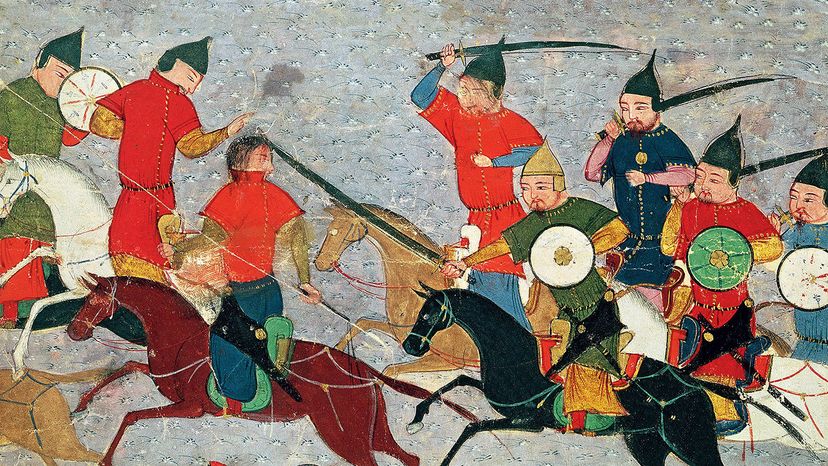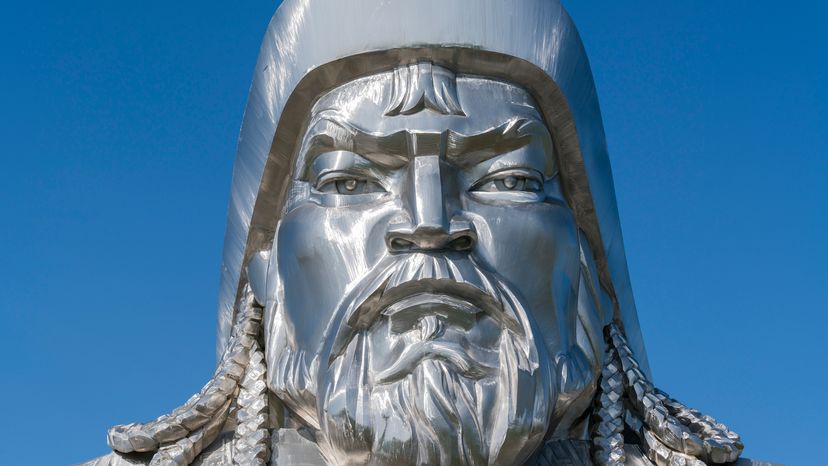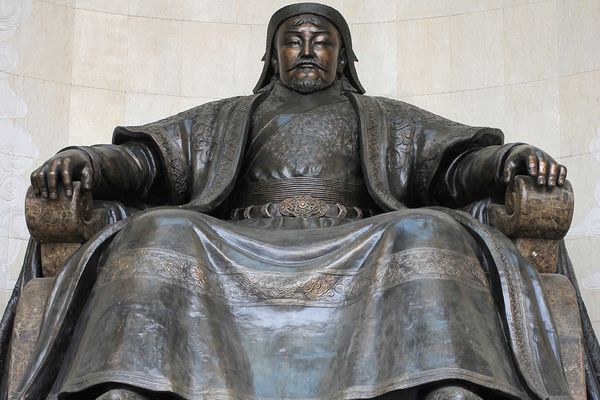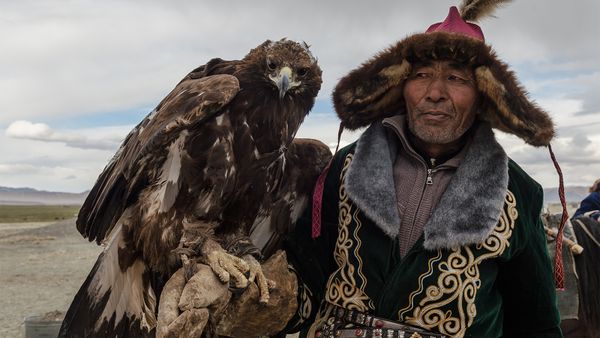
Under Soviet rule, Mongols couldn't even utter Genghis Khan's name out loud, nor visit his home province. But since the collapse of communism in Mongolia in the 1990s, citizens have reclaimed the legacy of the person the New York Times referred to as "the original bad boy of history."
This resurgence in popularity has also made some people reconsider Genghis Khan. Was he a bloodthirsty heathen, or a fair and just statesman? Although his reign left behind no tangible artifacts — like architecture or art — does Khan's role as champion of diplomacy, religious tolerance and equal rights for women serve as legacy enough? And what of the incredible bloody legends that surround him?
Advertisement
Perhaps no other historical figure has as much death directly attributed to him as Genghis Khan. A quick glance at the many lists of his supposed deeds yields a recurring and startling attribution: Genghis Khan is said to have once killed 1,748,000 people in a single hour!
While Khan inarguably killed his fair share of people, it's impossible that he — or anyone else — personally ever took as many lives in such a short time (at least not without dropping a bomb). For Khan to have killed that many people in an hour, he would have had to take 29,133 lives per minute.
While this isn't possible, there's a fascinating story behind legend. And why such an oddly specific number? Find out in the next section.
Advertisement



